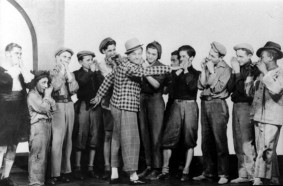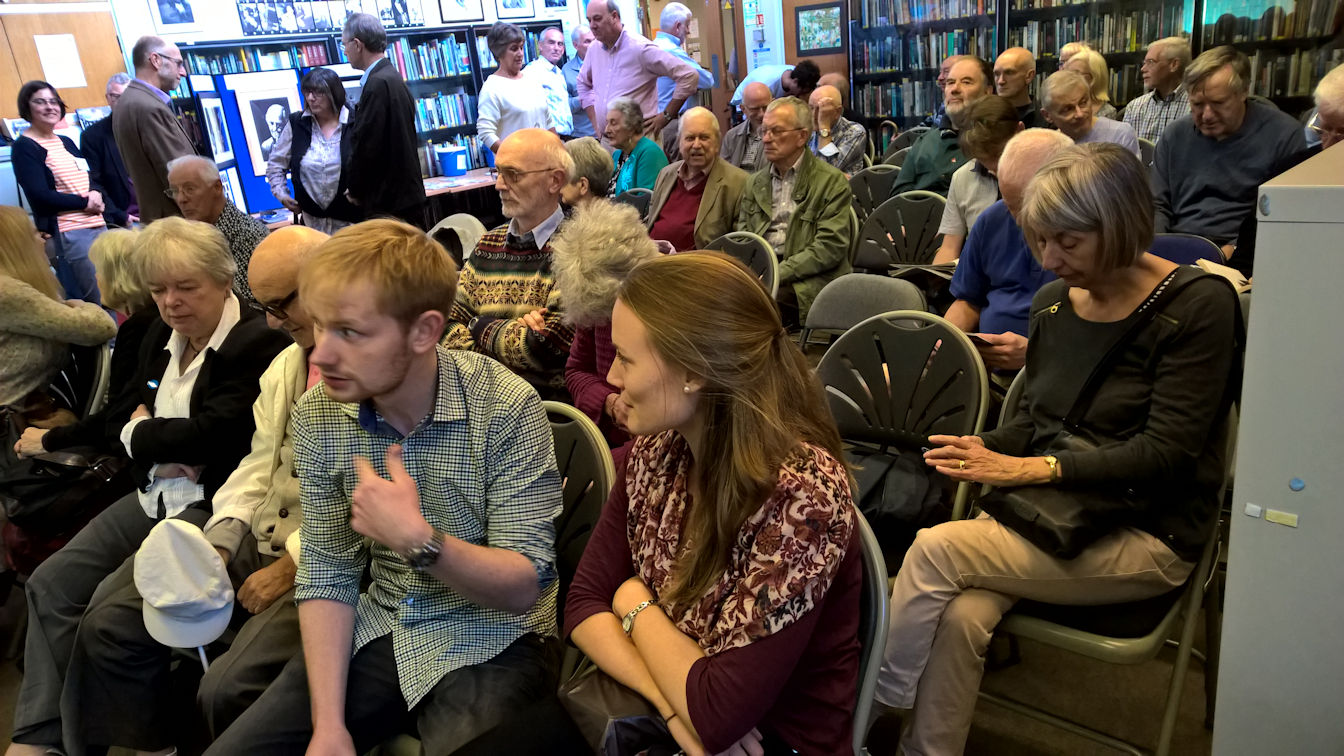Harry Pitch took inspiration from Larry Adler and like him he was an entertainer who worked hard to build a successful career. They were both more interested in the music rather than technique, but Harry was always a jazz player.
This audio biography shows how Harry’s long musical career covered all areas of music on chromatic harmonica and trumpet, as a soloist, session man and bandleader. He could read music but was always happy to improvise and play with other musicians.
Harry started to play harmonica before the Second World War. When harmonicas became unavailable after the Second World War he moved to trumpet. He joined and led big bands in the 1940s/50s but he started to play harmonica again after hearing Max Geldray playing in the Goon Show. I have included examples of him playing both instruments in his big band. He carried over much of his trumpet solo style to his harmonica playing.
In the 1960s he became a successful session musician, featuring on film soundtracks, classical music concerts, pop records and his biggest hit, Groovin’ with Mr Bloe’.
From the 1970s, Harry played on the long running TV series, ‘The Last of the Summer Wine’ and he started to play more with his old friend, accordionist, Jack Emblow.
Harry set up two bands, ‘Rhythm and Reeds’ and ‘The Thames Valley Jazzmen’ and he continued to play trumpet and harmonica. As live gigs became harder to get he played more smaller venues like Pizza Express restaurants with some distinguished pianists and a repertoire of light classics, standards and tributes to Larry Adler.
There are some videos and more information on his web page.
Harry Pitch Audio Bio
1 – – – 00:00
2 – Max Geldray – Goon Show – 02:00
3 – – – 02:45
4 – Big Band Trumpet – Boy Friend – 03:10
5 – Big Band Harmonica – Lady be Good – 04.03
6 – – – 05:40
7 – Frank Ifield – I Remember You – 06:45
8 – Bill McGuffie – During One Night – 07:22
9 – – – 08:10
10 – Mr Bloe – Groovin with Mr Bloe – 09:10
11 – – – 10:00
12 – Ronnie Hazelhurst – Last of the Summer Wine – 10:30
13 – – – 11:30
14 – Rhythm and Reeds with Jack Emblow – Alfie – 11:45
15 – Thames Valley Jazzment – Birth of the Blues – 15:10
16 – Thames Valley Jazzmen – L’il Darlin’ – 18:40
17 – Harry Pitch Duo – Body and Soul – 23:30
18 – Harry Pitch – Summertime – 27:10


